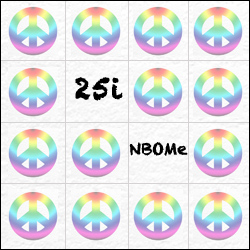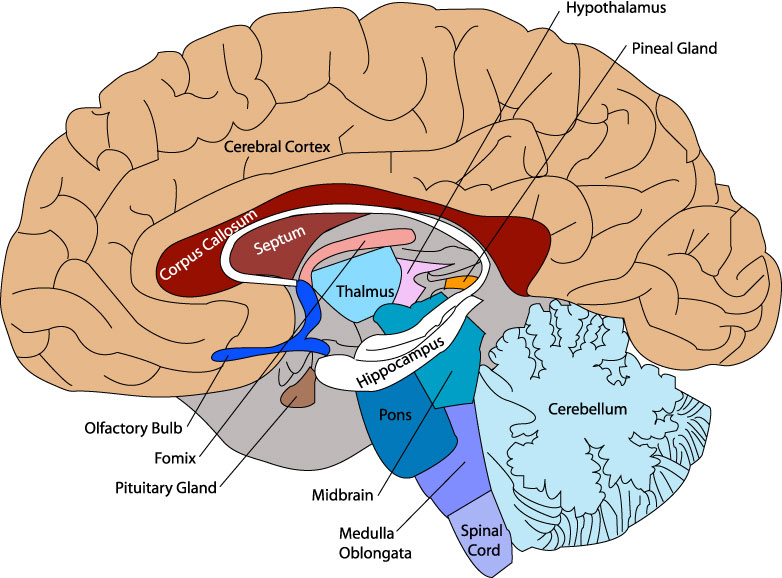25i-NBOMe is the latest designer drug on the radar of healthcare professionals and law enforcement officials around the nation. As of November 2013, the Drug Enforcement Administration (DEA) declared 25i-NBOMe a Schedule I narcotic under the Controlled Substances Act, which makes it illegal for two years (along with the variants 25B-NBOMe and 25C-NBOMe).
 Designer drugs are a class of narcotics chemically enhanced to mimic the “high” of other drugs. Because the chemicals in synthetic drugs are often legal to purchase or manufacture, designer drugs can often circumvent standing drug laws for a short time and be sold over the counter or through online retailers.
Designer drugs are a class of narcotics chemically enhanced to mimic the “high” of other drugs. Because the chemicals in synthetic drugs are often legal to purchase or manufacture, designer drugs can often circumvent standing drug laws for a short time and be sold over the counter or through online retailers.
25i is most often compared to LSD, lysergic acid diethylamide, or “acid.” This psychedelic hallucinogen reached the peak of its popularity in the 1960s, and while it’s not as widely used these days, it hasn’t completely disappeared either.
The compound 25I-NBOMe, discovered in 2003 at the Free University of Berlin, did not emerge as a recreational drug until a vendor specializing in “research chemicals,” or “RCs” began offering it for sale in 2010. The DEA notes that it has encountered the drug in liquid form, soaked into blotter paper that’s absorbed on the tongue, as a powder that can be snorted, and even laced on edible items.
What Are the Effects of 25i Research Chemicals?
- Mood lift or euphoria
- Shifting visuals with colors and lights
- Feelings of love and empathy
- Mental and physical stimulation
- Spiritual experiences
- An increase in creative thinking and appreciation of music
Like LSD, the dosages that “NBomb” comes in vary widely, and users might not realize how much they’re taking. The drug might also be laced with unknown chemicals that can spark a deadly reaction. One batch sold on the street might not be like other batches, so users don’t always know what they’re getting Because 25i is relatively inexpensive at $5 to $10 a dose, though, the use of it continues to grow.
Here some of the negative side effects of 25i:
- Hypertension and vasoconstriction
- Paranoia, fear and panic
- Seizures
- Loss of consciousness
- Nausea
- Shaking
- Confusion and difficulty focusing
- Death
Abusing 25i on a regular basis creates a physical tolerance to the drug, and users find themselves upping their dosage in order to get the same “high.” This becomes a hazardous cycle because the greater the dosage, the more likely users are to experience a host of negative side effects.
According the DEA, there have been 19 fatal overdoses in users aged 15 to 25, linked to this synthetic drug between March of 2012 and August of 2013. This is only in the United States and does not account for deaths outside of the country. Testifying before a U.S. Senate Panel in 2013, a deputy administrator for the office of diversion at the DEA wrote, “Lack of knowledge about this drug was likely at least partially responsible for the deaths.”
In recent years designer drugs, such as 25i, ecstasy and bath salts, have grown in popularity, but they’ve also proven deadly. It’s important for parents of teenagers to warn their children about the incredibly unsafe nature of these drugs. Any use of designer drugs, even the first time, is a dangerous gamble.




